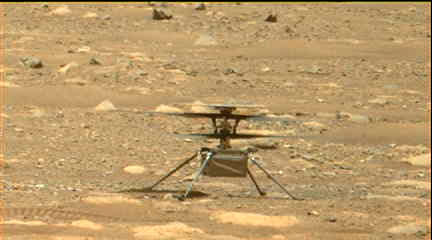NASA suspends Starship lunar lander contract award due to protests
Because of the protests filed by both Blue Origin and Dynetics, NASA has temporarily suspended the contract with SpaceX for using its Starship spaceship for manned lunar landings.
NASA now has told SpaceX to stop work until GAO determines the outcome. A NASA spokesperson provided this statement to SpacePolicyOnline.com this afternoon. “Pursuant to the GAO protests, NASA instructed SpaceX that progress on the HLS contract has been suspended until GAO resolves all outstanding litigation related to this procurement.” The issuance of the stop work order was first reported by Space News.
GAO has 100 days — until August 4, 2021 — to make a decision.
The odds are very likely that the GAO will reject both protests, but not certain. Meanwhile expect SpaceX to continue development of Starship regardless, as they already have about $6 billion in private investment capital in the bank for this project.
I also will predict that should GAO accept the protests and force NASA to reopen the bids, neither Blue Origin nor Dynetics will be able to make an offer that matches SpaceX anyway. And if they do win a contract, I predict that SpaceX will still launch and land on the Moon before them, based on their track records versus SpaceX’s.
Because of the protests filed by both Blue Origin and Dynetics, NASA has temporarily suspended the contract with SpaceX for using its Starship spaceship for manned lunar landings.
NASA now has told SpaceX to stop work until GAO determines the outcome. A NASA spokesperson provided this statement to SpacePolicyOnline.com this afternoon. “Pursuant to the GAO protests, NASA instructed SpaceX that progress on the HLS contract has been suspended until GAO resolves all outstanding litigation related to this procurement.” The issuance of the stop work order was first reported by Space News.
GAO has 100 days — until August 4, 2021 — to make a decision.
The odds are very likely that the GAO will reject both protests, but not certain. Meanwhile expect SpaceX to continue development of Starship regardless, as they already have about $6 billion in private investment capital in the bank for this project.
I also will predict that should GAO accept the protests and force NASA to reopen the bids, neither Blue Origin nor Dynetics will be able to make an offer that matches SpaceX anyway. And if they do win a contract, I predict that SpaceX will still launch and land on the Moon before them, based on their track records versus SpaceX’s.








